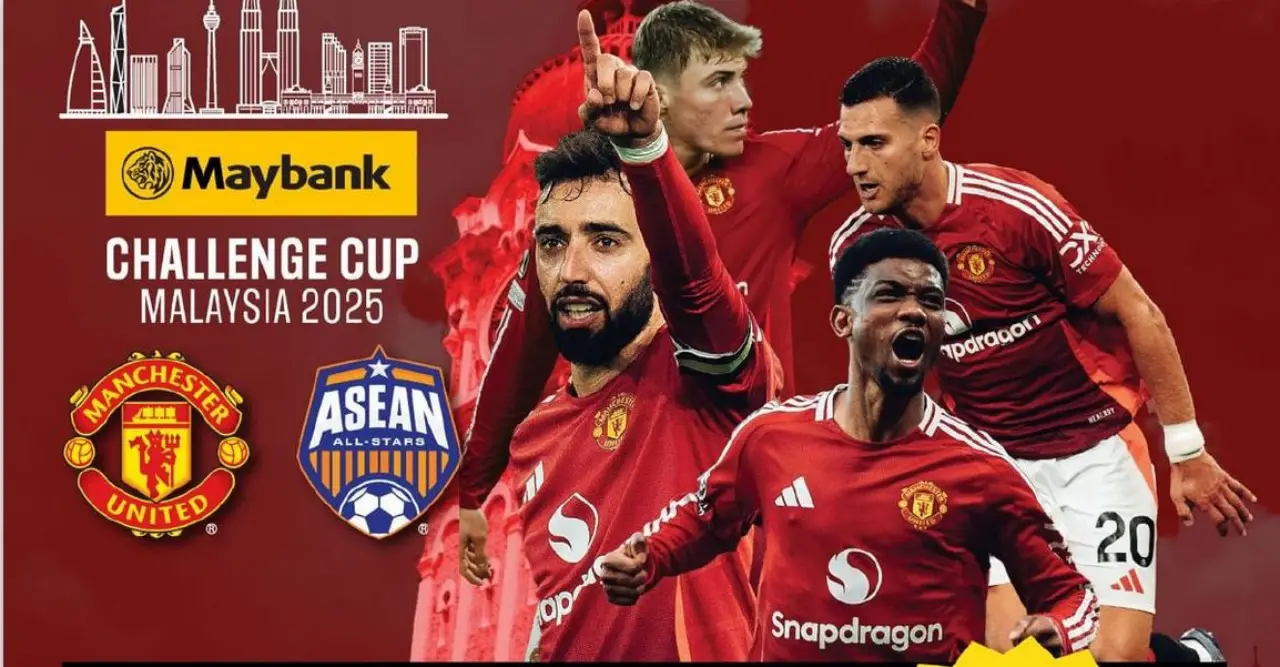Madison Square Garden is traditionally thought of as the home of the New York Knicks basketball team, the New York Rangers hockey team and major boxing championships. Then, in August of 2015 the Garden sold out to another kind of sport: The 11,000 seat arena was packed to the roof for two days with adoring fans watching what? Giant television screens…
Four teams faced off on stage for the top position in the North American League of Legends tournament. In addition to the 22,000 live attendees, there were over 10 million viewers watching via livestream on Twitch. The European finals held in Stockholm, Sweden brought in over 20,000 live attendees.

Then the LOL World Championships hit Europe, from Paris to London to Brussels to Berlin, where the finals were held in the Mercedes Benz Arena in front of 13,000 live spectators. This phenomenon is so unusual that many people are still asking, “What are eSports?” And we ask “and what does it mean to tourism?”
From Online to On Top of the World
Competitive gaming has been around almost as long as video games themselves. There was even fierce competition in early arcade games as seen in the “High Score” pages. Atari held the very first Space Invaders tournament in 1980, attracting more than 10,000 participants. By the early 1990s, arcade and console game tournaments had become popular enough for companies like Nintendo and Blockbuster.
 The ‘90s saw the rise of PC gaming and the first true eSports competitions. Most competitions were on first person shooter (FPS) and platform style games, relying on quick reflexes. Major Real Time Strategy (RTS) games were introduced in the late 90s. Games like StarCraft: Brood War required more long term planning and carefully plotted strategies. The competitions attracted competitors in the low thousands and prizes were still under $20,000.
The ‘90s saw the rise of PC gaming and the first true eSports competitions. Most competitions were on first person shooter (FPS) and platform style games, relying on quick reflexes. Major Real Time Strategy (RTS) games were introduced in the late 90s. Games like StarCraft: Brood War required more long term planning and carefully plotted strategies. The competitions attracted competitors in the low thousands and prizes were still under $20,000.
The year 2000 saw the launch of the Cyber World Games and the Electronic Sports World Cup. 2002 introduced Major League Gaming and today there are over 20 major tournament games including shooter, RTS and more recently MOBA (Multiplayer Online Battle Arena) games. Prizes are up in the millions of dollars, surpassing even the SuperBowl. Where does all the money come from?
If You Play, They Will Pay
For those unfamiliar with eSports, money is attracted through the same avenues as traditional sports. Sponsorship, Televising and Advertising provide the primary sources of tournament production and prizes. Statistics show over 36,000,000 viewers watching the 2015 LOL World Championship and over 27,000,000 watching the Counter Strike: Global Offence tournament in Cologne, so it only makes sense that major brand names are standing in line to sponsor winning teams. With Twitch livestreaming and ESPN creating a 24/7 television station for eSports, it’s clear eSports are serious about staying.
Both tournaments and teams are finding themselves approached by major sponsors. Coke Zero kicked off its partnership with Riot Games to develop the Challenger Series, an amateur competition for LOL to compete for a spot in the professional league. Red Bull is both hosting its own competitions and sponsoring pro gamers, treating them much like they treat every other athlete.
Professional eSport teams are finding major sponsorships for their tournament play. Nissan recently sponsored League of Legends Team Curse. Interactive & Social Media Director Erich Marx stated, “ESports are innovative, and it fits perfectly with not only our Nissan product, but our marketing strategy.”

Online gaming corporation, PokerStars, has been known for sponsoring and hosting live and online poker tournaments such as the European Poker Tour and the Caribbean Adventure. Recently PokerStars sponsored leading professional eSport Team Liquid, a major eSports team with players specializing in over a dozen games.
Even universities and national sport clubs are forming or sponsoring eSport teams. There are thousands of universities worldwide that now have eSport teams. The UK even has a National University eSports League with intercollegiate competitions. Turkish Besiktas were the very first national sports club to own an eSports Team.
ESports are taking the world by storm. The competitions are held worldwide and over 17 countries are now the home of various eSports teams. But what does all this mean to tourism?
Sports Event Travel to Esports Tourism
In 2014, Brazil had more foreign visitors than ever before recorded due to hosting the FIFA World Cup. Over 6.4 million tourists traveled to see their heroes play. 1.59 million flocked to the party filled beaches of Rio and another 2.22 million found San Paolo their port of call. FIFA made about $4.8 billion on the event alone and 95% of the foreign visitors who went for the football said they would return. Football has increased tourism in most countries.

Up to now, the Olympics have been the most influential sports event for tourism in hosting cities. UK tourism hit record highs even 12 months after the completion of their 2012 Olympics. Vancouver saw a huge rise in tourism following their 2010 Olympics with British and Australian tourism doubling and German tourism up by a third. Even Sochi, Russia saw a boost in tourism following their 2014 games with an unusual 200,000 winter tourists visiting what was traditionally a summer holiday region.
With average attendance around 10,000 and online viewership upwards of 55 million, eSports tournaments are going to give the SuperBowl, the FIFA World Cup and the Olympics a run for the money. Either eSports are going to become part of the Olympic Games or they will eventually have their own. This combined with fact that the major tournaments and the exposure they are receiving is still relatively new means that for international cities wanting to boost their tourism, this peach is ripe for the plucking.
Specializing in eSports
Currently, most eSport competitions take place in the same arenas local sporting and music events take place in. Scaffolding and some major electronics have made Los Angeles’ Staples Center, London’s Wembly Arena and the amazing Sang-am World Cup Stadium in Seoul have all been transformed into eSport arenas.

While watching tournaments on Twitch and ESPN have satisfied some, others long to watch their favorite teams battle it out in person. They will travel the world to see them. Santa Ana, California was one of the first to build a specific eSports Arena, which not only is prepared to host international competitions, they are also holding daily local competitions.
Recent news states that a Chinese sports and entertainment company has partnered with the Santa Ana Arena to build a second eSports Arena in Oakland, California. ESports is an international mega-phenomenon and it continues to grow, making it direct route to increased tourism and spending. Investors would be wise to take notice of this phenomenon and act quickly.
Image sources: game-accessibility.com, whitecase.com, wallpapercave.com, dotablast.com, deadspin.com, gamezombie.tv













